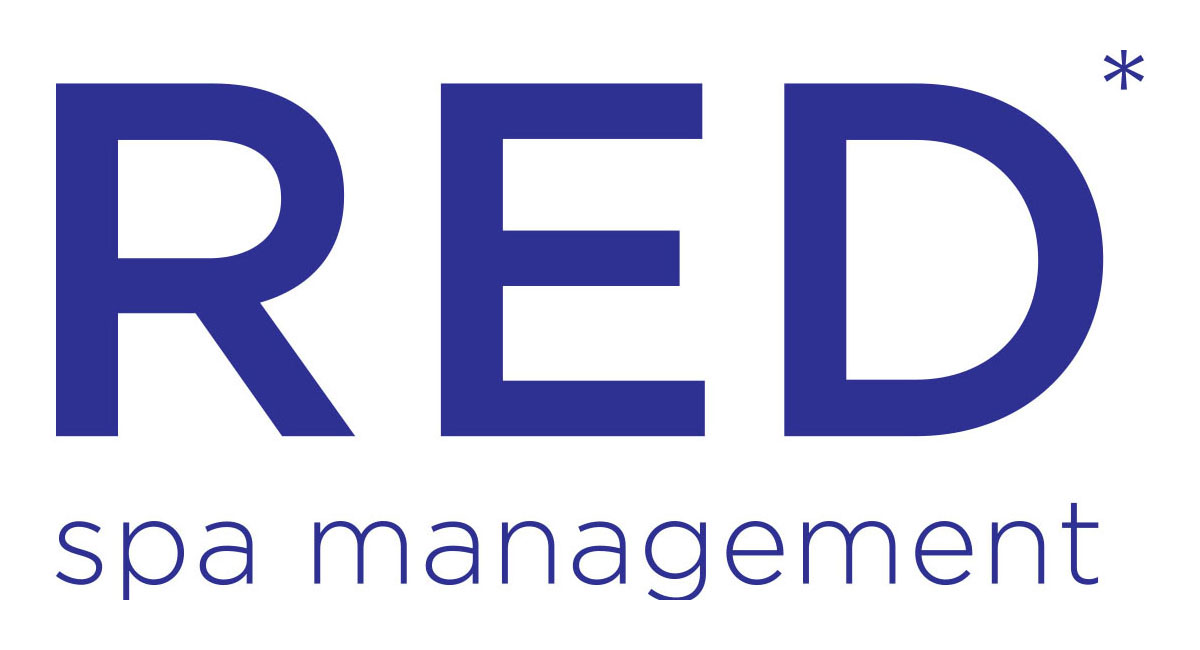
WWW.ULTIMATEHORSESITE.COM
Here are some interesting facts about a horse's body.
- Horse's hooves grow at a rate of about 1cm per month.
- The forelock on a horse's head helps to keep flys out of the eyes.
- Horse's legs are built so that they can sleep standing up, but to get a good rest they need to lying down.
- Each leg has a small spot that looks like a scar called a 'chestnut'.
- Horse's knee caps are not done fusing until they are about 3 1/2 years old. That's why many young racehorses are injured.
- Mares come in to heat around age 1, but usually can't be safely bred until 4.
- Stallions are mature and can breed around 2 or 3 years of age.
- A horse's heart weighs about 10 pounds.
- A horse's back cannot bend, it remains stiff when the horse moves. That's why it's hard for horses to get up after rolling or resting.
- The teeth take up more room in a horse's head than its brain does.
- Horses can see color.
- Horses can see in two directions at once.
- Horses have two blind spots where they cannot see- directly in front of them, and directly behind them.
- Human hair and fingernails are made from the same protein as horse hooves.
- Horses have 36-42 teeth, with females usually having 36 and stallions and geldings having 40-42. "Canine teeth", remains of fighting teeth, are present on some horses, usually males, in either 1 or 2 pairs. "Wolf teeth" can be present in males or females, and sometimes have to be pulled because they cause pain.
- Most breeds of horses have 18 ribs, 6 lumbar bones, and 18 tail vertebrae. Arabians have
- 17 ribs, 5 lumbar bones, and 16 tail vertebrae.
- A full grown horse that weighs about 1,000 pounds contains approximately 13.2 gallons of blood.
- Horses have about 175 bones in their body.
- Horses make 8 basic sounds- snort, squeal, greeting nicker, courtship nicker, maternal nicker, neigh, roar, blow.
- It is almost impossible for a horse to vomit-- if they do, their stomachs usually rupture soon after.
- It takes a horse 60 days to double it's birth rate.
- A horse focuses its eye by changing the angle of its head, not by changing the shape of the lens of the eye, as humans do.
- While horses graze, they keep a look out for predators.
- A racehorse averages a weight loss of between 15 and 25 pounds during a race.
- Adult electric eels 5 feet to 7 feet long produce enough electricity – 600 volts – to stun a horse.
- A horse weighing around 1000 lbs. voids from 1 1/2 to 8 1/2 quarts of urine daily.
- A horse's gestation period is 11 months, but can be anywhere from 10-12 months long.
HTTP://WWW.ULTIMATEHORSESITE.COM/PAGES/INFO/ANATOMYFACTS.HTML
BASIC HORSE FACTS
A horse is considered an adult at age 4.
A female horse over 4 years old is called a mare.
A male horse over 4 years old is called a stallion.
Horses are measured in hands.
A had is 4 inches.
A horse is generally over 14.2 hh (hands high).
Anything under 14.2 hh is a pony.
There are over 200 breeds of horses in the world.
A horse's gestation period (time between breeding & birth) is about 11 months, but can be anywhere from 10-12 months.
Horses usually live to be 20-25 years old. The oldest horse lived to be 62.
A father horse is called a sire.
A mother horse is called a dam.
The scientific name for the horse is equus caballus.
HORSE SUPERSTITIONS
Horseshoes are supposed to be lucky.
The luckiest horse shoe of all is one off the hind leg of a gray mare.
If you hang a horse shoe upside down, the luck runs out.
Gray horses are supposed to be lucky, while piebalds are unlucky.
According to superstition in Lincolnshire, England, if you see a white dog, you should stay silent until you see a white horse.
HORSE ANATOMY FACTS
A full grown horse that weighs about 1,000 pounds contains approximately 13.2 gallons of blood.
Horses have about 175 bones in their body.
A horse's hoof grows at a rate of about 1 cm per month.
A horse's leg joints are not fully fused (grown) until around the age of 3 1/2.
Most horse breeds have 18 ribs.
The Arabian has 17 ribs.
Most horses have 6 lumbar bones.
The Arabian has 5 lumbar bones.
Most horses have 18 tail vertabrea.
The Arabian has 16 tail vertabrea.
Horses can see in 2 directions at once.
Horses can see everywhere, except directly in front or behind them.
Horses make 8 basic sounds- snort, squeal, greeting nicker, courtship nicker, maternal nicker, neigh, roar & blow.
It is almost impossible for a horse to vomit. If they do, their stomachs usually rupture soon after.
The forelock on a horse's head helps to keep flys out of the eyes.
Horse's legs are built so that they can sleep standing up, but to get a good rest they need to lying down.
Each leg has a small spot that looks like a scar called a 'chestnut'.
Horse's knee caps are not done fusing until they are about 3 1/2 years old. That's why many youngracehorses are injured.
Mares come in to heat around age 1, but usually can't be safely bred until 4.
Stallions are mature and can breed around 2 or 3 years of age.
A horse's heart weighs about 10 pounds.
A horse's back cannot bend, it remains stiff when the horse moves. That's why it's hard for horses to get upafter rolling or resting.
The teeth take up more room in a horse's head than its brain does.
Horses can see color.
Horses have two blind spots where they cannot see- directly in front of them, and directly behind them.
Human hair and fingernails are made from the same protein as horse hooves.
Horses have 36-42 teeth, with females usually having 36 and stallions and geldings having 40-42. "Canine teeth", remains of fighting teeth, are present on some horses, usually males, in either 1 or 2 pairs. "Wolf teeth" can be present in males or females, and sometimes have to be pulled because they cause pain.
It takes a horse 60 days to double it's birth rate.
A horse focuses its eye by changing the angle of its head, not by changing the shape of the lens of the eye, as humans do.
While horses graze, they keep a look out for predators.
A racehorse averages a weight loss of between 15 and 25 pounds during a race.
Adult electric eels 5 feet to 7 feet long produce enough electricity 600 volts to stun a horse.
A horse weighing around 1000 lbs. voids from 1 1/2 to 8 1/2 quarts of urine daily
FOALS & FOALING
A newborn foal's legs are already 90% of the length they will be when full grown.
A foal is able to stand just 1 hour after birth.
A foal can walk, trot & run just 2 hours after birth.
The first milk the mare makes is called colostrum. This is a rich milk & it is very important for the foal, because it helps protect it against disease.
Most foals will start to nurse less than 2 hours after being born.
A female foal is called a filly.
A male foal is called a colt.
More foals are born between April 15 through May 15 than any other time.
Mares usually foal at night.
Mares don't like to be watched when they foal. If someone is watching, they might stop foaling & wait until the person goes away.
A mare may give birth in as little as 15 minutes, but no longer than an hour. If she is still straining after an hour has passed, something is seriously wrong.
If you have to help pull a foal out, NEVER pull up. Always pull down, toward the horses feet.
STRANGE FACTS
Horses like classical music.
The oldest horse was named Old Billy. He was a cross breed, he was born in 1760 & he lived to be 62.
The world's largest horse was a Shire gelding named Samson, bred by Thomas Cleaver of Toddington Mills, England. Foaled in 1846, this horse measured 21.2 1/2 hands high in 1850 & weighed 3,360 pounds.









